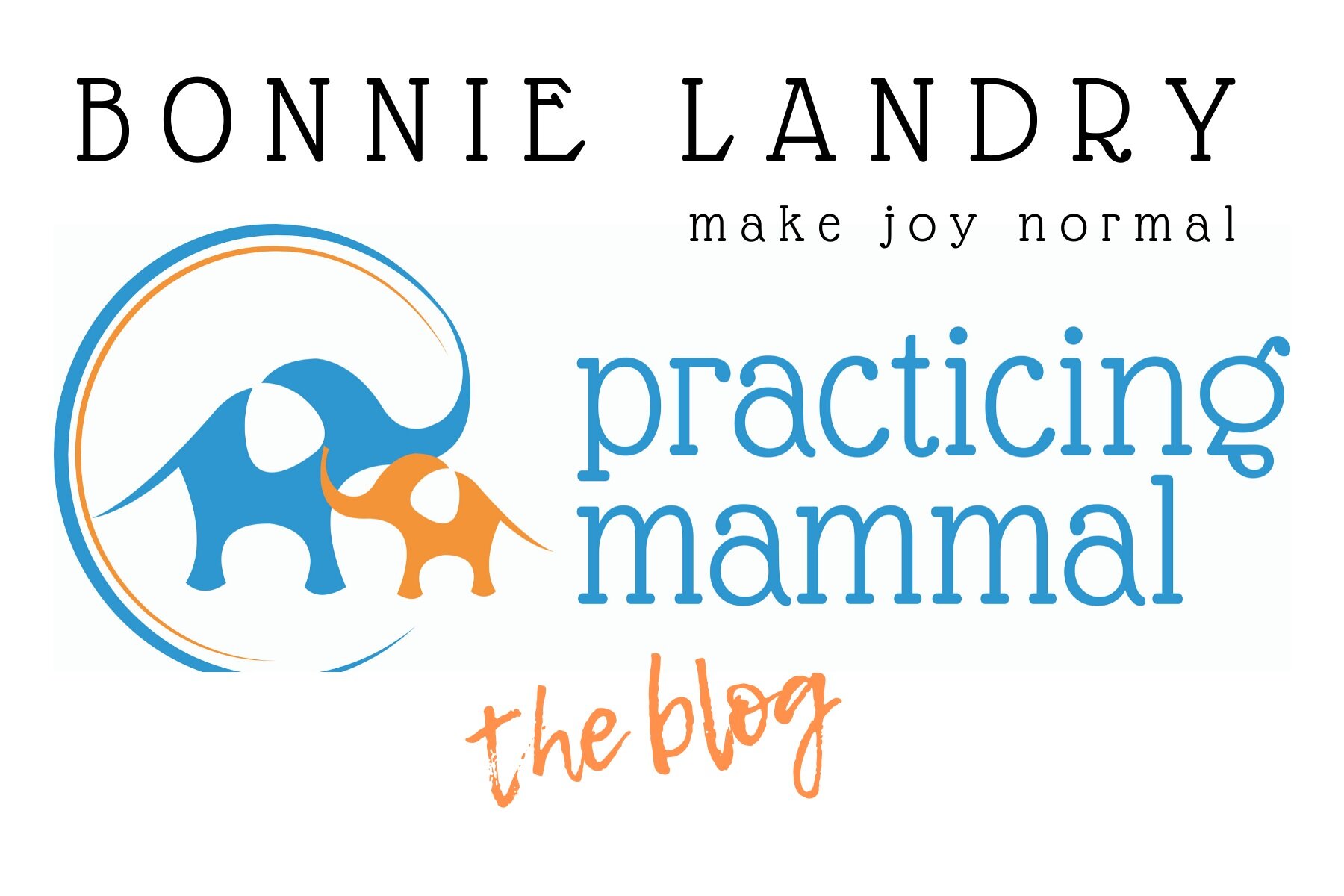teaching children to read without curriculum
I turned 55 last weekend. That was cool. An age doesn’t mean much to me, but what is remarkable is that my youngest child is 12 and my eldest is 31.
What the. So far, I’m super-liking being 55. It’s fun to look on your life, still feel like you’ve got a lot of good life left and you also have a fair bit of experience and, dare I say it? A little wisdom.
Thirty-one? Please. I haven’t the time.
There’s a lotta lotta discussion out there in internet homeschool land about teaching children to read. It’s important.
Learn to read. Read to learn.
It seems to me that what gets overlooked is that learning to read is an INCREDIBLY complex skill to attain, weird shapes to decipher, sounds to wrap one’s brain around, endless combinations of letters to indicate subtle and varied meanings. Colloquialisms beyond number, not just in context but colloquial spelling for Pete’s sake.
And most kids break through this complex and random, colloquial code around the age of seven. SEVEN. And people question the occurrence of everyday miracles.
It is a miracle. That the human brain could sort out this complex cipher and precepts of language as children.
As a mother, nothing fascinates me more in the development of the child than the acquisition of language. What a beautiful assurance of the value of relationship. What a tribute to the bond between humans…to pass a means of communication from one to the other. It is little wonder that communion and communication are of the same inspiration.
If I have gained any wisdom over my 55 years, (and I can’t claim more than just a little when compared with my mentors and elders) it might be that teaching a child to read is most successful when we get out of the way of the learner than by exercising direct instruction.
I didn’t use curriculum to teach any of my kids to read. I’ve never purchased or used a reading program, phonics curriculum, spelling or grammar book. We saved a lot of money (although that was never the goal) and we had a lot fun (that was always a goal). And more than that, they all learned to read. And to love reading and to cherish relationships, language and books.
Over the next few posts, I’d like to break down the process for teaching a child to read without a program.
And check HERE for more resources on DICTATION.
It’s an opportunity to simplify your world, draw closer to your child, step aside and let the wonder of the human brain overwhelm you.
More on teaching without curriculum:


